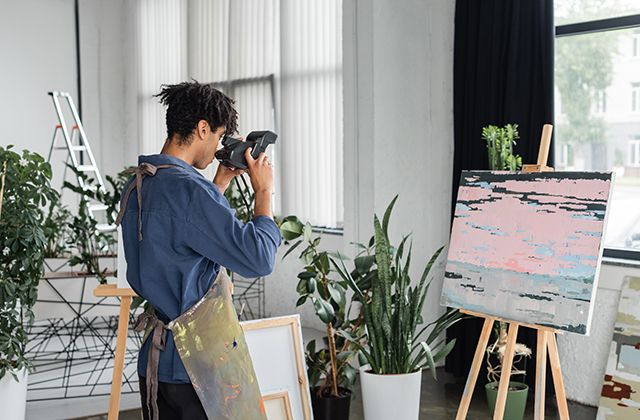
In the realm of visual storytelling, the role of a storyboard artist is indispensable. These creative visionaries bridge the gap between written scripts and the final product, transforming ideas into tangible visual sequences that guide the production process. The journey to success in storyboarding is a dynamic and challenging one, requiring a blend of artistic talent, storytelling prowess, and technical skill. However, for those willing to embark on this path, the rewards can be immense.
One key aspect of the journey to success in storyboarding is the collaboration between storyboard artists and concept artist. While storyboard artists focus on translating scripts into sequential visual narratives, concept artists play a crucial role in shaping the overall look and feel of a project. Together, they form a symbiotic relationship that lays the foundation for the entire production process.
Concept artists are responsible for developing the initial visual concepts that serve as the blueprint for the project. They work closely with directors, producers, and other creatives to visualize key elements such as characters, environments, props, and costumes. These concept designs provide the visual framework upon which the storyboard artist can build their sequences, ensuring continuity and coherence throughout the production.
The collaboration between storyboard artists and concept artists begins with a thorough understanding of the project’s goals, themes, and aesthetic vision. Through brainstorming sessions, sketches, and iterations, they refine their ideas and concepts, ensuring that they align with the director’s vision and serve the narrative effectively. This collaborative process fosters creativity and innovation, allowing for the exploration of diverse visual styles and storytelling techniques.
Once the concept designs are finalized, the storyboard artist takes the reins, transforming these static images into dynamic sequential narratives. Using their drawing skills, visual storytelling techniques, and knowledge of cinematic language, they craft storyboards that convey the mood, pacing, and emotion of each scene. From wide establishing shots to close-up character expressions, every frame is meticulously composed to immerse the audience in the story.
Storyboard artists must possess a keen understanding of narrative structure, pacing, and composition to effectively communicate the director’s vision. They must also be adaptable and flexible, able to revise and iterate their work based on feedback from the creative team. This iterative process ensures that the storyboards accurately reflect the evolving needs of the project while maintaining artistic integrity.
Throughout the production process, storyboard artists collaborate closely with directors, cinematographers, and other key stakeholders to ensure that their vision is realized on screen. They may attend production meetings, rehearsals, and on-set shoots to provide guidance and support, making adjustments to the storyboards as needed to accommodate changes in the script or production schedule.
The journey to success in storyboarding requires dedication, perseverance, and a willingness to continually refine one’s craft. It is a demanding yet rewarding profession that offers endless opportunities for creativity and collaboration. By honing their skills, cultivating strong relationships within the industry, and embracing new technologies and techniques, storyboard artists can chart a course towards success in this dynamic field.
In conclusion, the journey to success in storyboarding is a collaborative effort that relies on the synergy between storyboard artists and concept artists. Together, they transform ideas into visual narratives that captivate and inspire audiences. Through their dedication, creativity, and passion for storytelling, they play a vital role in bringing cinematic visions to life. Aspiring storyboard artists should embrace the challenges and opportunities that lie ahead, knowing that their contributions are essential to the success of every production they touch. Click here on how to contribute to the success on your storyboards projects.